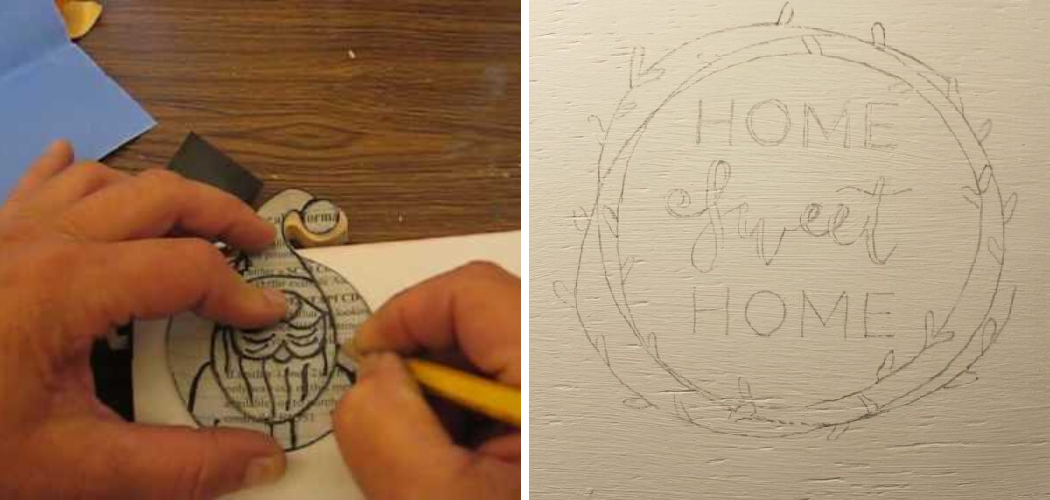Have you ever looked at a beautiful piece of finished woodworking and wondered how they traced such intricate designs with accuracy? Getting crisp, clean lines on uneven surfaces can be tricky, but with the right tools and techniques, it doesn’t have to be.
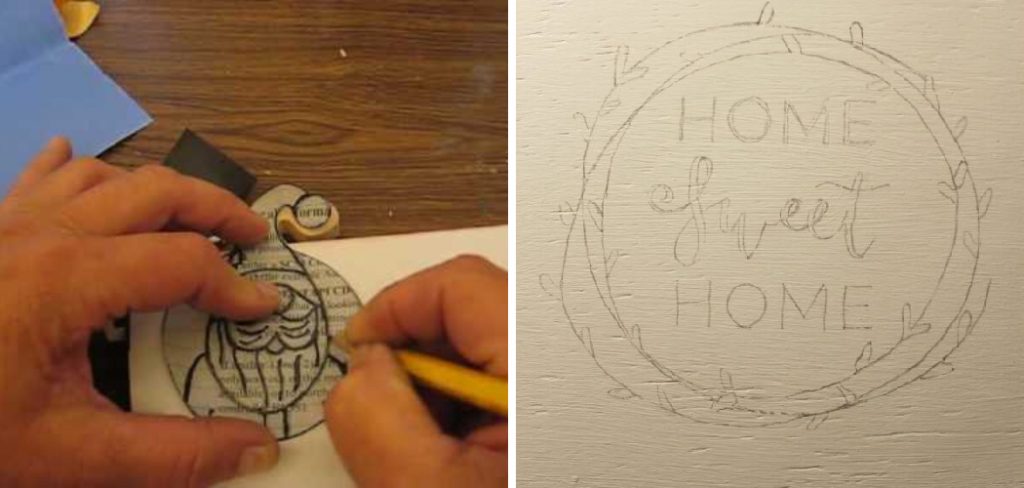
In this blog post, we will take a dive into tracing onto wood and cover everything from the type of paper or material to use for tracing all the way to transferring your design successfully in one go! By following these steps, any novice or experienced carpenter should achieve great results no matter what project they are working on. So let’s get started learning how to trace onto wood!
Is It Difficult to Trace Onto Wood?
Tracing onto wood is not as difficult as it may seem! With the right tools and a bit of practice, you will be able to quickly get crisp, clean lines on any surface. It will take some trial and error to get it just right, but once you do, the results will be worth it. It will not be impossible to trace complicated designs either since tracing paper is extremely thin and pliable, allowing for flexibility when drawing curved or detailed lines.
The difficulty of tracing onto wood depends on the size and complexity of your design, as well as the type of surface you are working with. If you have an uneven surface, it might be difficult to get a clean transfer with a single sheet of tracing paper. On the other hand, if you are working on a smooth piece of wood, it will be much easier to get a perfect transfer in one go.
Required Items
- Tracing paper or material
- Pencil
- Carbon paper (optional)
- Wood glue (optional)
- Sandpaper (optional)
10 Instructions on How to Trace Onto Wood
1. Prepare the Surface
Prepare the wood surface. If you are working with a new piece of wood, make sure it is free from dirt or debris. You can use sandpaper to smooth out any rough patches before starting. The surface should also be free of oils or waxes.
2. Choose the Tracing Material
Choose your tracing material. This can either be regular paper, carbon paper, or a special material you purchase specifically for this purpose. Carbon paper is helpful if you need to transfer multiple copies of the same design onto the wood surface, but it’s not necessary for single transfers.
3. Trace Your Design
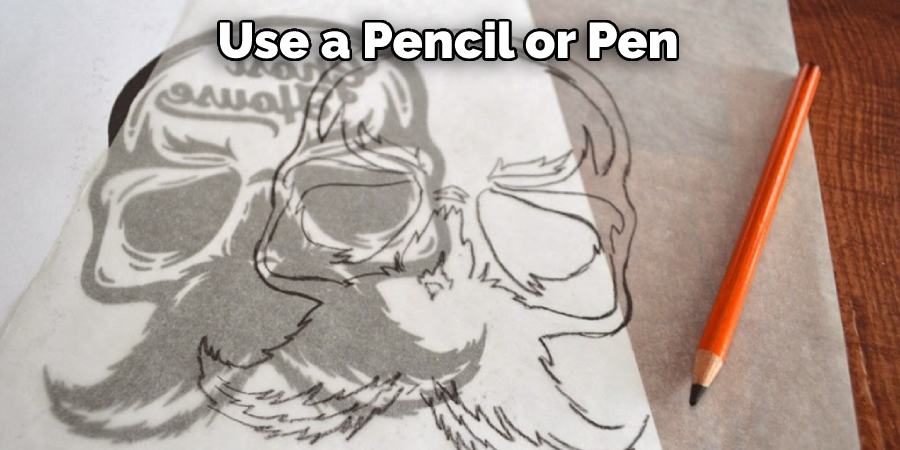
Trace your design onto the tracing material. You can use a pencil or pen to trace the design but make sure you press down firmly so that the lines transfer clearly onto the wood surface.
4. Place Your Tracing Material
Place your tracing material onto the wood surface. Make sure it is in the exact spot you want the design to be transferred, and press down firmly to ensure a good transfer. The tracer paper will help to prevent any smudging or fading of the design.
5. Use Carbon Paper
If you are transferring multiple copies of the same design onto the wood surface, use carbon paper for better accuracy. Place a piece of carbon paper between the tracing material and wood and press down firmly with your pencil. This will transfer a darker and more permanent line onto the wood surface.
6. Glue Your Tracing Material
For a longer-lasting transfer, you can use wood glue to attach the tracing material to the wood. This will help ensure that the design is transferred in one go and not smudged or faded over time. Just be sure to use a small amount of glue and not to over-saturate the surface.
7. Trace Again
Once you have the tracing material in place, trace your design again with a pencil or pen. This will help to ensure that the design is clear and transferred accurately onto the wood surface. Tracing over the design will also help to make sure it is not smudged or faded over time.
8. Remove Tracing Material
Once you have successfully traced your design onto the wood surface, slowly remove the tracing material. Be careful not to smudge or damage any of the transferred lines as this could ruin your work.
9. Check the Work
Check over your work to make sure all the lines are crisp and even. You can use a ruler or other straight edge to help you check for accuracy. Make any necessary adjustments at this point before proceeding with the next step.
10. Finish the Project
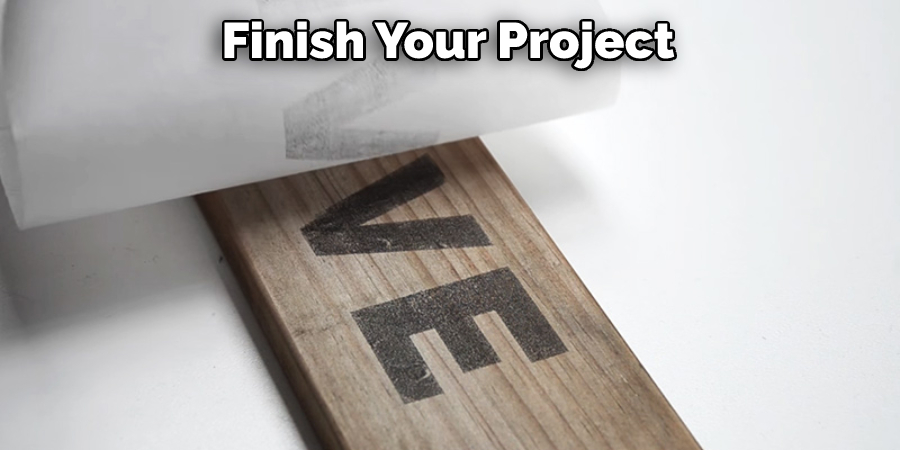
Now that you have successfully transferred your design onto the wood surface, you can finish your project. You may need to sand down any rough edges or use a sealant to protect the wood from moisture and fading. Once this is done, your project is ready to display!
With these steps, tracing onto wood shouldn’t be a daunting task anymore. As long as you take your time and practice, you will be able to transfer any design onto the wood surface with ease.
8 Common Mistakes to Avoid
- Not cleaning your wood. Before you trace onto any wood surface, make sure that the surface is clean and dust-free. Any dirt or particles can cause distortion in your final tracing result. It would be best to use a damp cloth and some mild detergent solution to clean the surface before you start.
- Not using carbon paper for tracing. Carbon paper is essential for tracing onto the wood as it ensures that the lines are transferred accurately with minimal fuss. Be sure to buy carbon paper specifically designed for wood surfaces so that it transfers easily.
- Not using the right type of pencil. You want to use a pencil that is soft enough to transfer onto wood but won’t be too soft, so it smears when you draw over the carbon paper. A pencil “B” grade will usually work best and provide you with clear, accurate lines.
- Using too much pressure. When tracing onto wood, you should use a light touch when drawing over the carbon paper. Applying too much pressure can cause distortion in your final lines and may even crumble the wood surface if it is fragile.
- 5. Not using a ruler for straight lines. To ensure that your lines are straight and precise, use a ruler to trace your lines. This will also make it easier to draw precise curves and angles, making the tracing process much easier overall.
- Not using a sharp object for tight corners. When drawing tight corners or angles, you’ll need a sharp tool like an X-Acto knife to ensure that your lines are perfectly straight. Don’t attempt to do this with a pencil alone, as the results will be sloppy and inaccurate.
- Not using light sources or mirrors for tracing complex shapes. If you’re attempting to trace a complex shape onto wood, then it’s best to use some type of light source (such as an LED flashlight) or a mirror to help you accurately trace the shape.
- Not using a light hand when sanding down lines. Once you’ve completed your tracing, you may need to sand down any rough edges or imperfections in your lines. When doing this, it’s important to use a light touch and start with medium-grit sandpaper before moving on to finer grit. Otherwise, you may end up with an uneven tracing result.
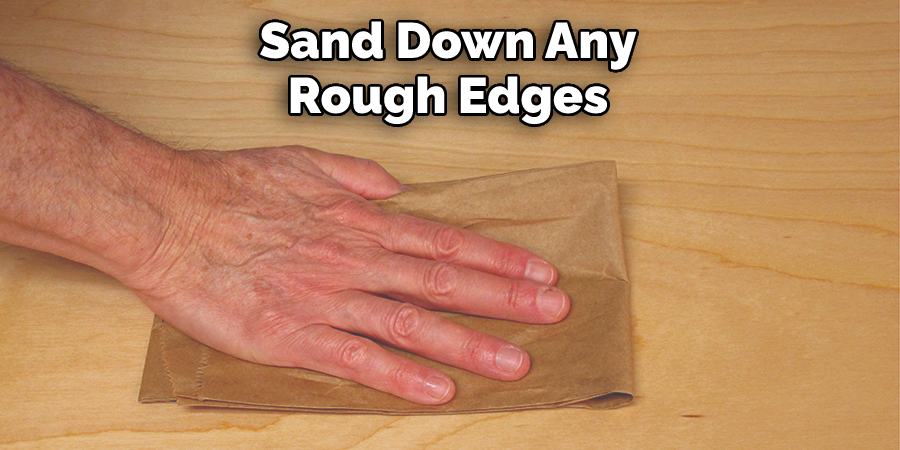
Following these tips will ensure that you get the best tracing results possible when tracing onto the wood. With a little bit of practice and patience, you’ll be able to create beautiful tracings that are precise and accurate every time.
Frequently Asked Question
How Long Will It Take to Finish the Project?
The amount of time it takes to complete your project will depend on the size and complexity of the image you are working with. A small, simple design could take as little as an hour or two, while a larger or more intricate one may need several hours or even days. Additionally, make sure to factor in the time needed to prepare any materials, like sanding and staining the wood.
What Are Some Tips to Keep in Mind?
When tracing onto wood, it is important to make sure that the surface of the wood is as smooth and even as possible before starting. This will help ensure that your design can be transferred accurately and clearly.
Additionally, be sure to use a sharp tool for tracing the image – this will help you achieve more precise lines and shapes. It can also be helpful to make copies or printouts of your design beforehand, as it is easier to trace from them than from a computer screen. Finally, lightly draw over the transferred outline with an ink pen to make it look more professional.
Conclusion
Tracing onto wood can be daunting, but these simple steps and techniques will help make it an easy task to do. Always start withdrawing your design on paper first. Then transfer the design to wood using graphite paper or carbon paper.
If using graphite paper, use a ballpoint pen to trace the pattern fully and evenly. To ensure that the tracing is transferred accurately, press with firm pressure as you trace.
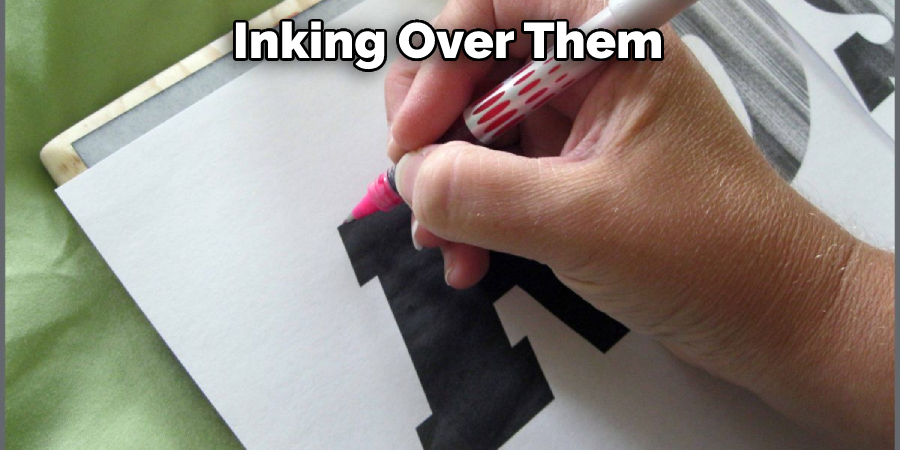
Finally, fix any imperfections by inking over them with a fine-tipped pen or marker. With these easy steps on how to trace onto wood in action, tracing onto wood shouldn’t be such a challenging task anymore. So go ahead and explore your creative side by incorporating wood artwork into your projects today!

